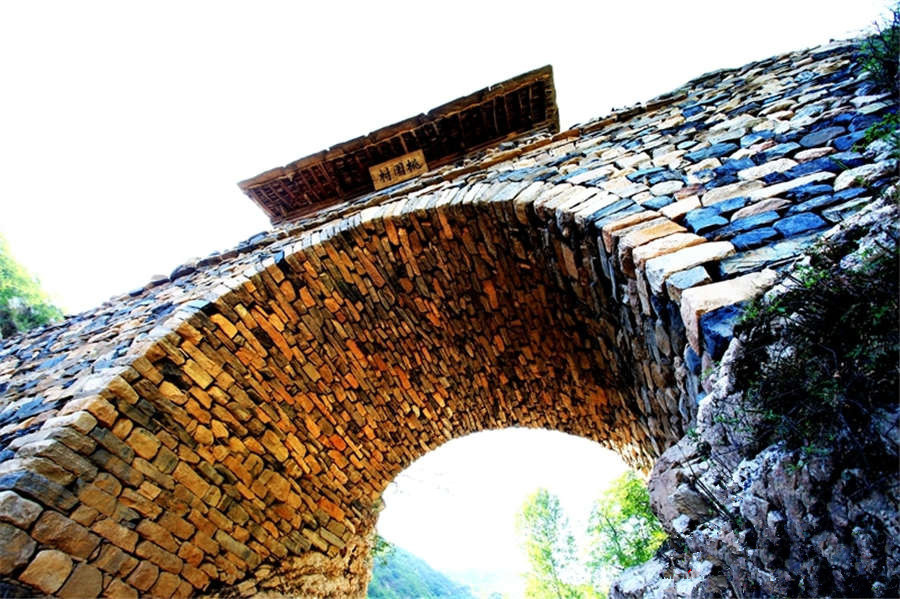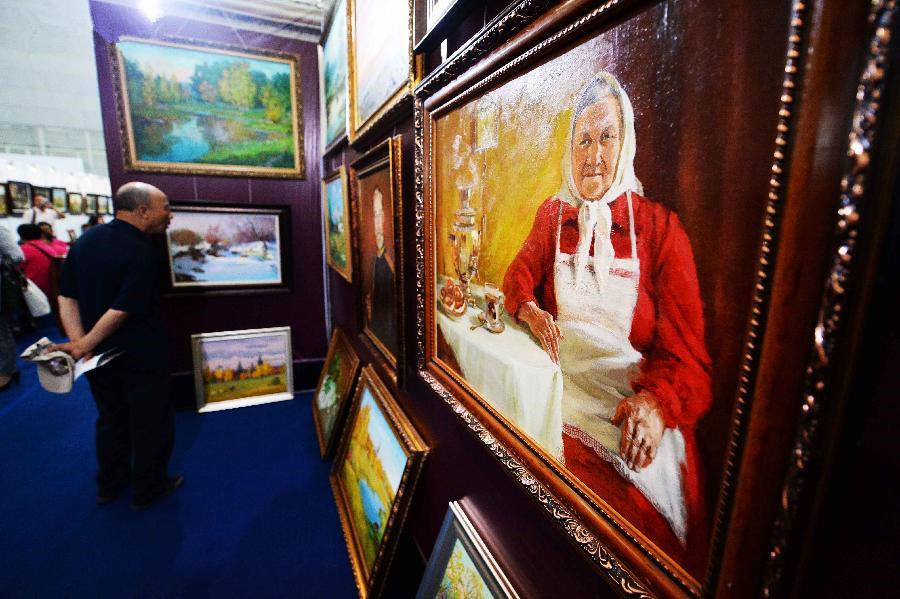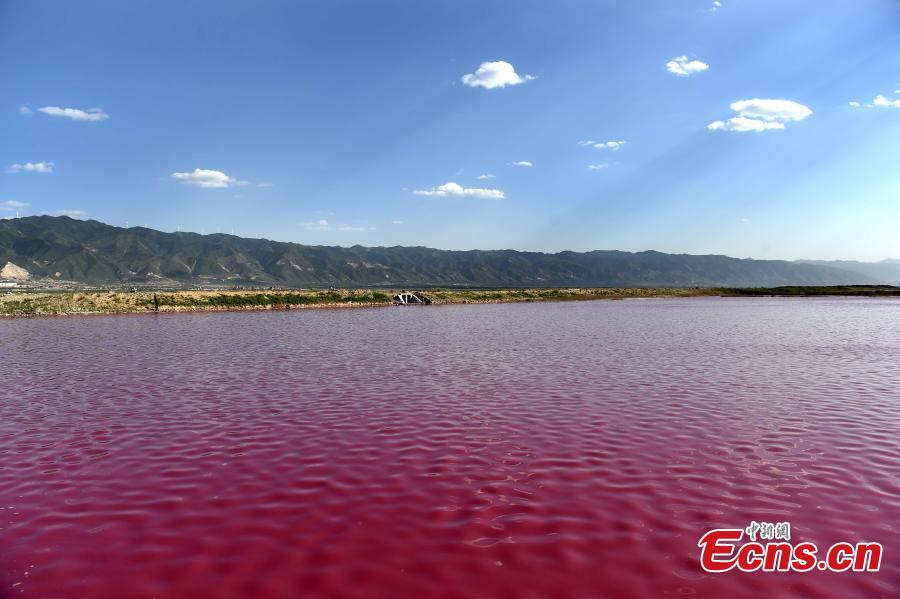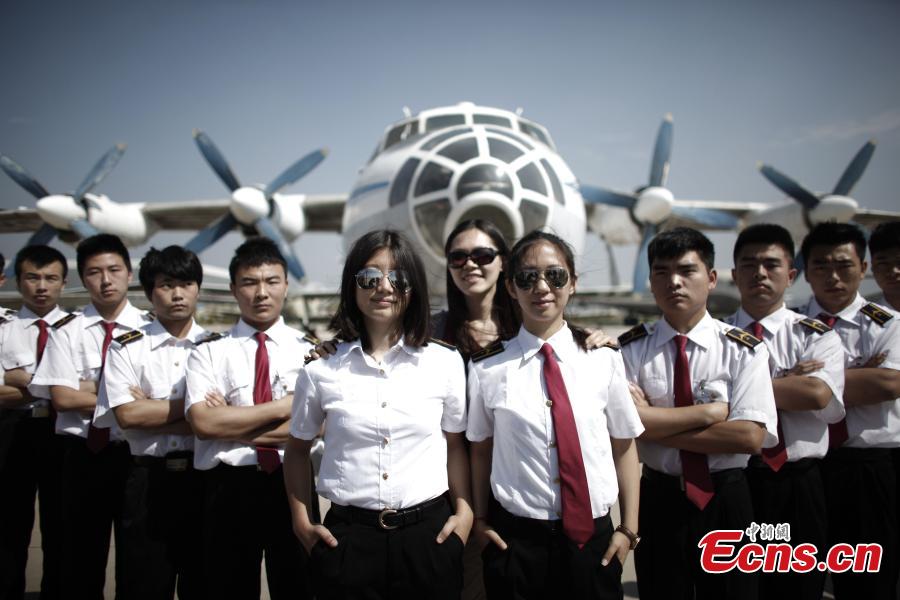(Ecns.cn)--For many in China, especially those born before 1990, ink-and-wash animated cartoons like "A Deer of Nine colors" and "Baby Tadpoles Look for Their Mother" were their favorites during childhood. However, few may know about the creators of the films or the development of this style of animation in China.
On August 15, 2011, at the age of 95, Qian Jiajun, one of the creators of many of China's earliest award-winning cartoons – including the two mentioned above – died from a lung infection. People mourned his death, but also grieved for the end of a unique era in Chinese animated film.
Patience pays off
In 1955, the Shanghai Animation Film Studio produced the country's first color cartoon movie called "Why are the Crows Black," which in 1956 earned the studio an award from the Venice International Film Festival for Children.
But because the country could not manufacture large numbers of pigments, the first color cartoons were criticized for imitating movies made by the Soviet Union. That's when Chinese artists began dedicating themselves to making films with more Chinese characteristics.
After a period of research, they came up with the idea of making ink-and-wash paintings come alive via stop motion animation. "Ink and wash paintings by Qi Baishi could be printed on the surface of containers, so we could make them look they were alive in a cartoon," said an artist with the Shanghai Animation Film Studio.
Efforts to make the paintings into cartoons had already been made, but only in 1959 was the idea seriously considered. A group of artists at the Shanghai Animation Film Studio formed a special group to make the idea come true in 1960.
The first test was the scene of a frog jumping from a lotus leaf. Artists drew pictures of every detail of the scene and then photographed each picture in sequence.
After all the preparations, they went to a projection booth to watch the video. "The basic elements required in animation had been achieved, but the drawback was that there were only two colors on the screen, white and black," recalled an artist involved in the project.
After the test, the group began drawing pictures of frogs, fish, shrimp and horses. After many trials and modifications, three months later the group made a series of short films, all themed on animals.
In July of 1960, the group adapted the content of a children's book and made their first complete ink-and-wash animated work, "Baby tadpoles Look for Their Mother." The 15-minute film was welcomed by millions of people when it finally screened.
The film was the first of its kind and has been regarded as a representative work in the history of Chinese ink-and-wash animation, which has influenced many generations.


















